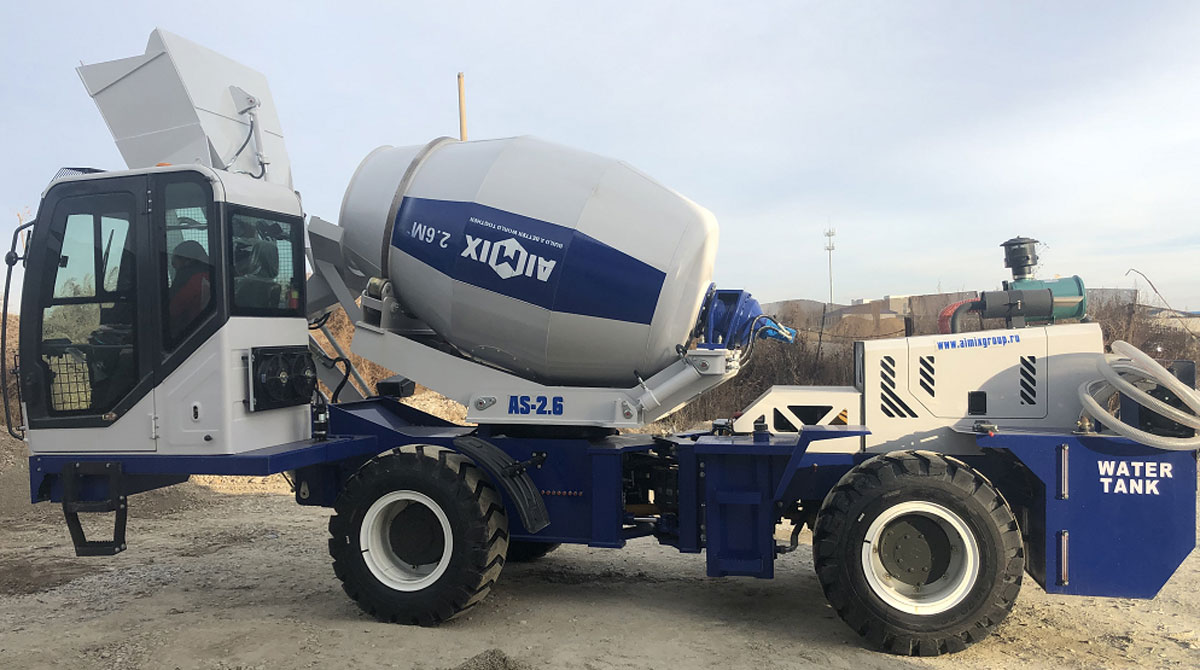The construction industry is evolving rapidly, and among emerging innovations, self-loading concrete mixers stand out as game-changers. Compared to traditional concrete mixers, these advanced vehicles deliver significant benefits in efficiency and cost-saving, making them ideal for projects requiring agile and precise concrete delivery.
Traditional concrete mixers commonly rely on on-site batching plants or weighing machines for measuring raw materials before mixing. This process can be time-consuming and labor-intensive, often introducing delays and increasing operational costs. In contrast, self-loading concrete mixers automate the entire loading and mixing workflow:
According to industry benchmarks, self-loading concrete mixers can boost operational efficiency by up to 30-40% compared to traditional mixers with manual batching. This translates into:
| Impact Area | Traditional Mixer | Self-Loading Mixer | Improvement |
|---|---|---|---|
| Material Usage Accuracy | ±7% variance | ±2% variance | 71% less waste |
| Labor Hours per Cubic Meter | 1.5 hours | 0.9 hours | 40% reduction |
| Cost per Cubic Meter | $120 | $85 | 29% savings |
Despite the many advantages, self-loading concrete mixers are not without constraints. Their operational volume per batch tends to be smaller, typically ranging from 2 to 4 cubic meters. Additionally, heavier wear and tear on components arises due to the integrated loading and mixing functions. They also are less suitable for long-distance transportation compared to traditional transit mixers.
To mitigate these drawbacks:

As global infrastructure demands accelerate, incorporating self-loading concrete mixers into your project fleet can drive tangible improvements in delivery speed, cost control, and quality consistency.
Discover How Our Self-Loading Concrete Mixers Can Revolutionize Your Operations
```

